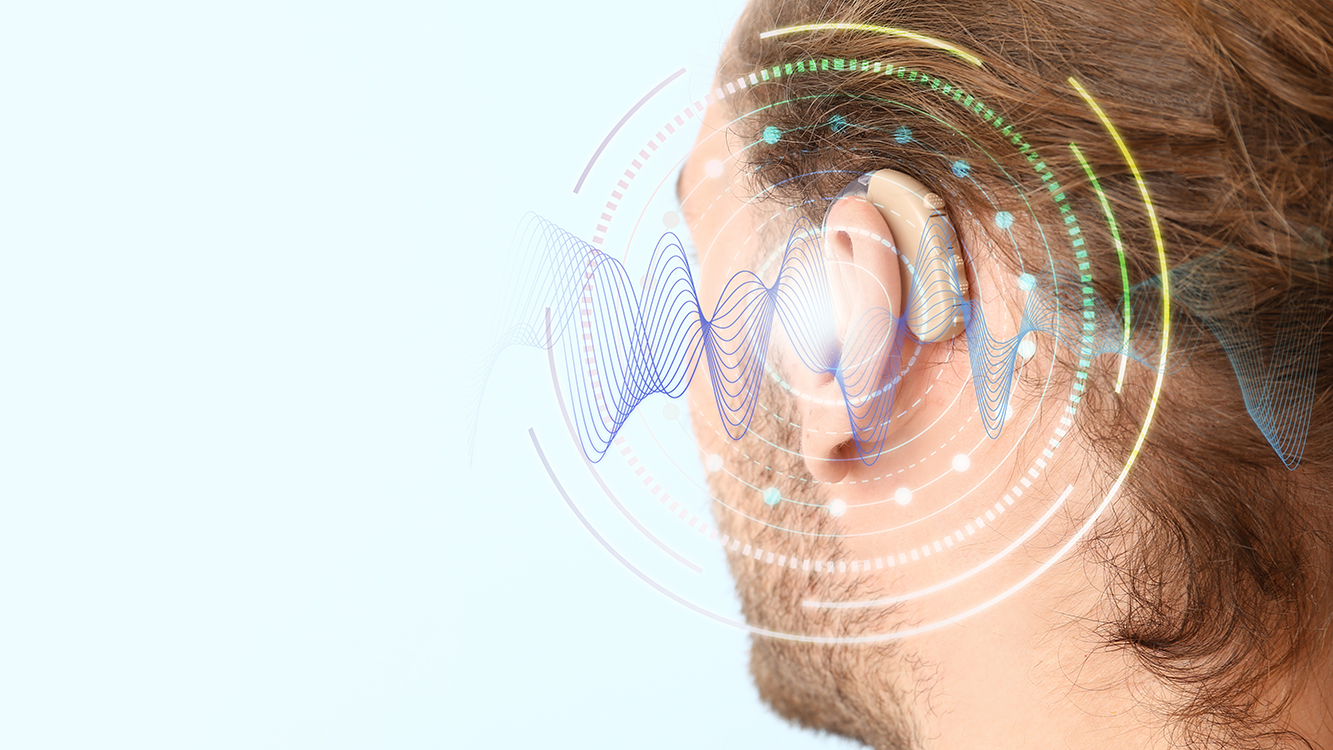PDF Basket
According to the World Health Organization, there are currently over 430 million adults worldwide suffering from disabling hearing loss, constituting more than 5 % of the global population. By 2050, this figure is projected to rise to over 900 million. While mild to moderate hearing loss may be managed with hearing aids, moderate to severe cases often require cochlear implants, which stimulate the auditory nerve directly.
“Hearing loss is not getting the attention that it should,” says Filiep Vanpoucke, MOSAICS project coordinator. “The numbers are sobering; only 5-10 % of adults and seniors who would benefit from a cochlear implant have one.”
Understanding the variations
Despite the effectiveness of cochlear implants, there’s considerable disparity in their success among users, impacting their interaction with society, independence and ability to work.
Understanding the reasons behind this was crucial. MOSAICS aimed to improve the lives of those with hearing loss through an in-depth investigation of objective measures, neurocognitive measures, societal impact and fitting of cochlear implants.
“There are many hurdles for people adopting a medical device,” explains Vanpoucke. “And when they do, it takes time and effort to get used to the new sound.” MOSAICS sought to understand the underlying reasons why the same cochlear implant technology doesn’t result in the same outcomes for all users.
The project centred on collaboration between academia and industry, allowing researchers at the Radboud University Medical Center in the Netherlands, a world-renowned hub for auditory research, to work in close partnership with Cochlear Ltd, a leading manufacturer of implantable hearing solutions.
Delivered through the Marie Skłodowska-Curie Actions programme, the project supported four early-stage researchers over its 3-year duration. Each focused on a different aspect of the research: diagnosing inner ear damage using electrophysiology techniques; the role of cognition in supporting hearing; data analysis to assess the consistency of device fitting and its impact; and the consequences of poor cochlear implant performance for users’ quality of life.
Not only did MOSAICS’ early-stage researchers contribute to the public health outcomes, but thanks to their extensive training, they will also become future leaders within the field.
Hearing the outcomes
MOSAICS revealed the need for more comprehensive assessments of the inner ear and its neural connections, and also the intricate relationship between noise exposure and cognitive processes.
The research on predicting outcomes for cochlear implants emphasised the challenges that clinicians face in accurately forecasting patient responses, adds Vanpoucke: “Our results showed that clinicians are good at predicting the average performance of a person wearing a cochlear implant, but they really struggle at predicting the spread in the data.”
Lastly, the results emphasised the significance of personalisation in configuring and fitting the devices, highlighting the importance of providing tools and apps for further training in individuals’ home environments.
The collaborative initiative not only led to significant discoveries but offered indispensable learning opportunities for the postdoctoral students involved. By bridging the gap between academia and industry, they gained a deeper understanding of auditory science and the various career paths available to them.
“The Marie Curie programme allows universities, care institutions and companies to collaborate on hard problems in a very different way, focusing on developing new scientific talent. This is very unique,” remarks Vanpoucke.
MOSAICS has also contributed to various conferences and publications, offering valuable insights. However, the most impactful outcome of the 3-year research lies in its potential to improve the lives of those with hearing loss by better understanding the factors influencing cochlear implants.

